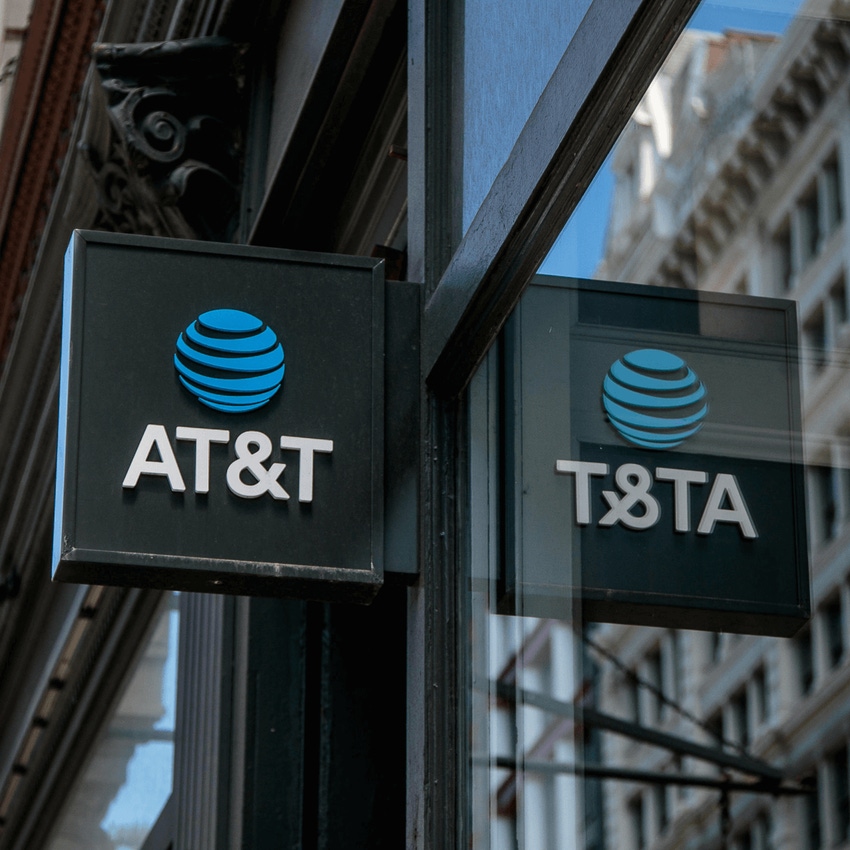AT&T fiber: On track to cover more than 30M locations by the end of 2025
AT&T network executive Chris Sambar lists the many reasons why AT&T is expanding its fiber network and what markets benefit from fresh fiber.
August 2, 2022

We already have the country’s largest fiber Internet coverage, but we’re not sitting back. Instead, we’re out there building more fiber than anyone else, adding, on average, more than 350 customer locations per hour across the country. This fast track puts our fiber network on pace to cover more than 30 million locations by the end of 2025.
Skyrocketing data consumption
Why are we investing at historical levels to shoulder this massive infrastructure project? Because demand for advanced connectivity is at an all-time high. And today’s high-water mark isn’t even close to the coming crest. From 2021 to 2025, we expect data consumption in the U.S. not to double or triple – but to increase 5 times.
We’re at the dawn of a new age of connectivity, and it calls for a future-proofing approach. That’s to say, we aren’t building a bigger version of our old network. Instead, we’re busy building a new and better network from the ground up. And that can only mean fiber. Lots and lots of fiber optic lines – operating at nearly the speed of light – in our network backbone, out to our cell towers and into communities.
Trends driving demand for advanced connectivity – and our fiber build
Fiber is superior technology for things like uploading large files and increased bandwidth. It delivers an amazing experience, with multi-gig speeds and equally fast up- and downlinks. It’s also critical for powering technologies like 5G and edge computing.
And with a far superior upgradeable capacity to handle soaring demand for high-quality bandwidth well into the future. As we plan for that future, here’s what we see:
Home
Millions of employees videoconferencing and uploading large files from their now-permanent home offices. Family members engaged in immersive gaming or streaming different shows at the same time in 4K and 8K. And more than 30 smart devices per home within the next few years. It all adds up to a staggering increase in average monthly data used per household – from 900 gigabytes today to 4.6 terabytes by 2025.
Another factor is this – we’re working hard to bring the benefits of broadband to more and more rural and low-income urban areas. Closing the digital divide with high-speed internet access to more kids and families also drives more demand.
Small and Medium-sized Businesses
This is our fastest-growing segment, with 4 million startups since 2020. Once again, the forecast is for a sharp increase in data consumption – from 600 gigabytes to 2 terabytes a month.
It’s hard to generalize about the needs of America’s small business owners and entrepreneurs except to say that most are looking for reliability, speed, and simplicity. For many, maturing 5G deployments are creating conditions for a “wireless first” mindset to take hold. This is especially true where the only fixed assets are the 4 walls and roof of the building hosting the company.
Enterprise
For large businesses and organizations, the trends are more digitization, more apps and data in the cloud and more remote employees to support. Virtually every company location and employee need secure and reliable connectivity to the cloud – a shift accelerated by hybrid work.
Consider the automotive industry and its dramatic shift to electric and autonomous vehicles. For cars, electronics and connectivity are becoming as essential as tires and transmissions. We serve more than 80% of all connected cars in the U.S. market and we see a coming 40-fold increase in connectivity consumption in these next-gen vehicle platforms. This trend goes well beyond car makers. You see the same need for increasing advanced connectivity everywhere – in retail, manufacturing, healthcare, education, and even smart cities.
Public Safety
We’re proud to operate FirstNet, America’s only nationwide communications platform purpose-built for public safety. FirstNet provides end-to-end communications with priority and preemption for first responders. As of July 2022, it has 3.7 million connections serving more than 21,800 police and fire departments and other agencies and organizations dedicated to keeping us safe.
First responders are also adapting innovative ways to improve communications. Examples include connected body cams and fleets, surveillance, and interoperable push-to-talk communications. As 5G comes further into play with FirstNet, so too will new innovations to take advantage of the increase in bandwidth.
Wireless and 5G
We operate America’s best and most reliable wireless network. It’s easy to miss, but wireless also depends on fiber. Remember, your smartphone connection is only as fast as the link from a cell tower or other antenna back to the internet.
So by design, our wireless traffic promptly moves out of the air and onto our much faster fiber network. This offload improves overall wireless performance, preserves spectrum for strictly mobile applications and cuts the transport cost per-byte. Looking just ahead, surging traffic over 5G will mean surging traffic over fiber – to which we say, “Bring it on.”
For the full post, please visit:
https://about.att.com/innovationblog/2022/sambar-fiber-expansion.html
— Chris Sambar, EVP, AT&T Network
You May Also Like


_International_Software_Products.jpeg?width=300&auto=webp&quality=80&disable=upscale)







